The Rise and Fall of Adolf Hitler: How One Man Changed History Forever
Table of Contents
Adolf Hitler was a name associated with hate, tyranny, and the unprecedented destructive power of World War II. He was the founder of one of the most ruthless regimes ever known to mankind, resulting in the deaths of millions and reshaping world politics. It is the tale of how one man, with cunning guile and unrelenting ambition, kept changing the course of history forever.
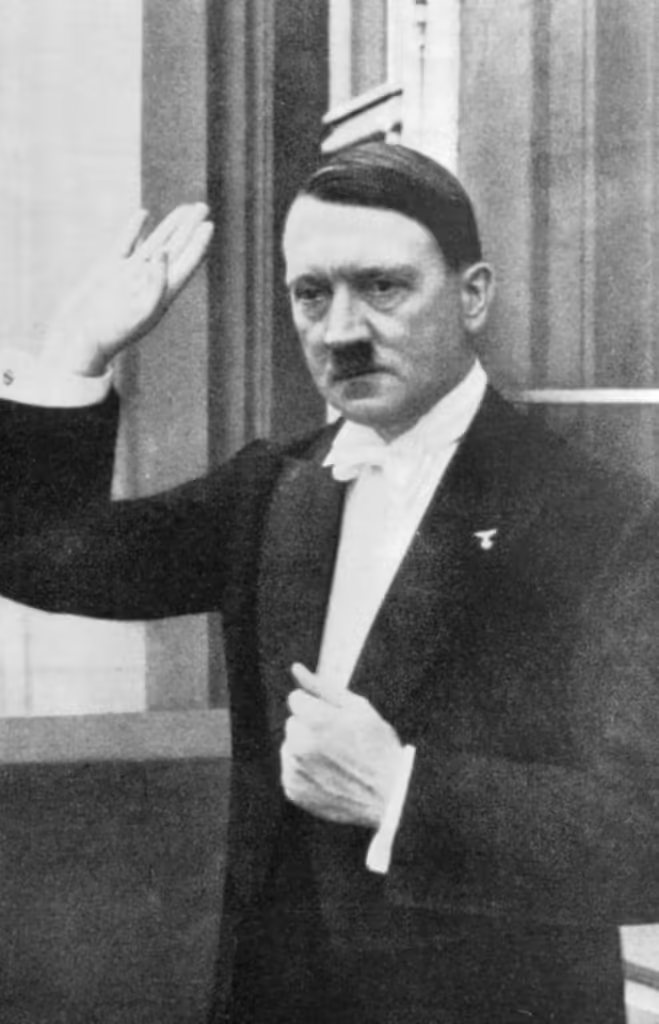
Adolf Hitler was born on April 20, 1889, to a middle-class family in Braunau am Inn, Austria. His father, Alois Hitler, was a strict, often harsh civil servant, while his mother, Klara, was an indulging figure in his life. The loss of several siblings during the early years and also the estrangement with the father significantly determined much of his attitude toward authority.
Hitler’s Early Influences
Already as a young man, Hitler was an aspiring artist, although in vain, since his applications for admission to the Vienna Academy of Fine Arts were rejected time and again. Being denied admission and losing his mother in 1907 set him into a period of great frustration and everincreasing anger at society. It was during this time in Vienna that he received exposure to radical anti-Semitic and nationalist philosophies that were eventually to form the basis of his own politics.
Hitler in Vienna and his Emergence of the Ideology
Hitler spent years in Vienna with bitter hatred against Marxism, liberalism, and to some extent Jewish people, whom he blamed for the vices in society. His stay in the city, poverty-stricken with homelessness, instilled within him an intense feeling of alienation against the multicultural society of the Austrian Empire and the influence of Jewish intellectuals.
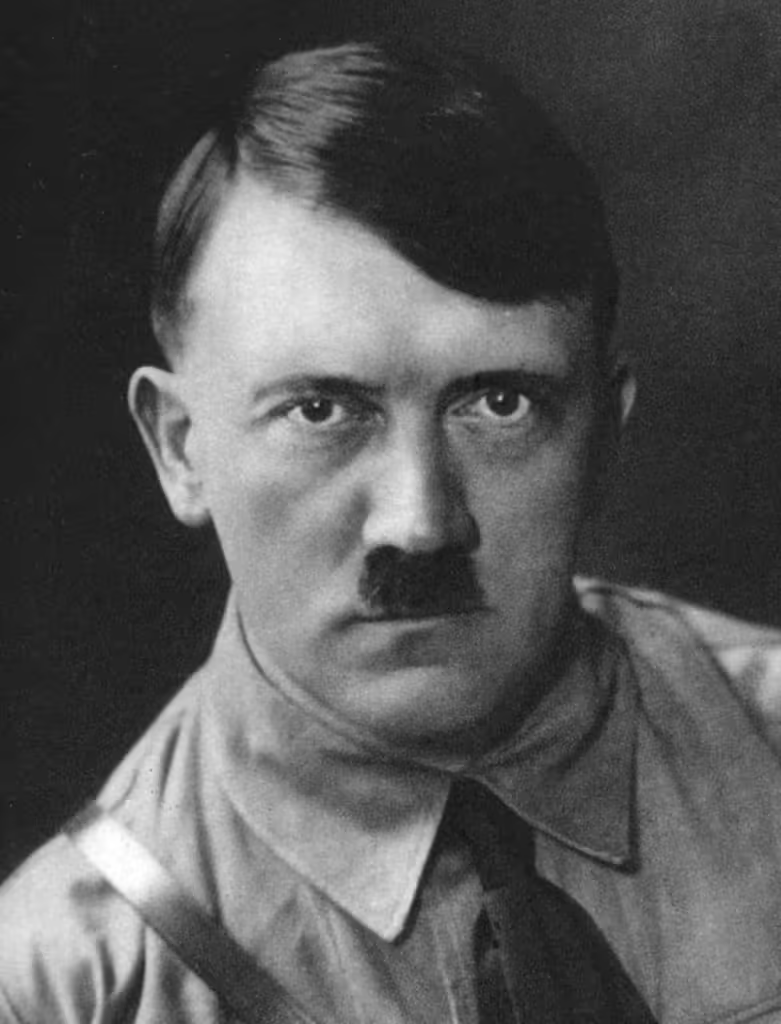
Working in World War I and Disillusionment
It was during the outbreak of World War I in 1914 that he eagerly volunteered for the German army. For a man who had never been able to find any sense of belonging in life, he almost instinctively joined the army which meant so much to the country as a whole. He served as a dispatch runner and was decorated for bravery. For Hitler, the defeat of Germany in 1918 remained bitter, and like most other veterans, he believed that the country had been “stabbed in the back” by Jews, communists, and the political elite.
Rise of the Nazi Party
Hitler Enters Politics
After the war, Hitler spent most of his time in Munich, where he came into contact with extreme right-wing political movements. He was a member of an ultra-nationalist party by the name of German Workers’ Party, a party that eventually developed into the National Socialist German Workers’ Party or the Nazi Party. Hitler soon rose through the ranks because of his excellent oration and drew many people through his speeches about German nationalism, racial purity, and Jews’ hatred toward them.

Formation of the National Socialist German Workers’ Party (NSDAP)
In 1920, Hitler incorporated the German Workers’ Party into NSDAP and enunciated the central doctrine of the party: superiority of the Aryan race, need for a brutal, autocratic head of the state (Führerprinzip), and the drive for territorial expansion (Lebensraum). Swastika was accepted as the party emblem, and violence was declared as a legitimate form of political activity.
Beer Hall Putsch and Detention of Hitler
Emboldened by the successful march of Mussolini on Rome in 1923, Hitler tried to seize power by staging a failed coup-the Beer Hall Putsch-on Munich. The putsch collapsed, Hitler was arrested, and sentenced to five years in prison, though he served less than a year. During these times, he went on to write Mein Kampf-My Struggle-outlining a vision for Germany and the world.
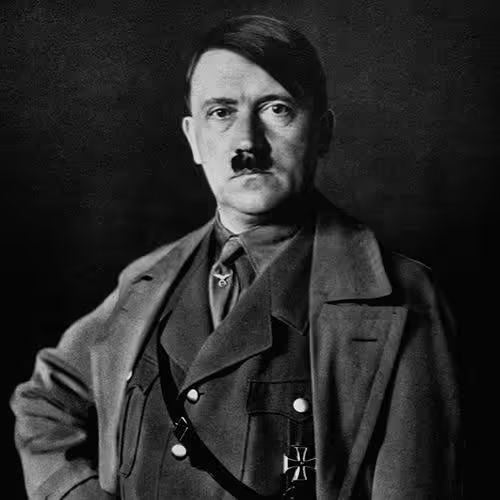
Mein Kampf: Hitler’s Blueprint for Power
The Composition of Mein Kampf in Prison
There, Hitler turned incarceration into an opportunity to ruminate on past failures and schematize future success. Mein Kampf was simultaneously autobiography and political manifesto. There he detailed virulent anti-Semitic beliefs, desire for more territory for the German people, and hatred for parliamentary democracy.
Ideological Foundations of Nazi Thought
The core of Mein Kampf was the idea that history was a race war between the superior Aryan race and lesser races, especially Jews. Hitler portrayed himself as the destined leader who would lead the German people to their rightful place as rulers of the world.

Hitler’s Vision for Germany’s Future
He was to shape a new German empire, or Third Reich, which would last for 1,000 years in dominance over Europe. That empire would be racially pure, militarily strong, and one-man ruled over-by himself, none other than Adolf Hitler.
The Path to Power: The Nazis Under Hitler in the 1920s and 1930s
The Politics of Flux in Weimar Germany
Weimar Germany was a land which had hyperinflation, political extremism, and gigantic discontent with the Treaty of Versailles. This was a fertile ground for Hitler to surface. The Nazi Party seized on the situation, proclaiming the party to be the answer to Germany’s problems.
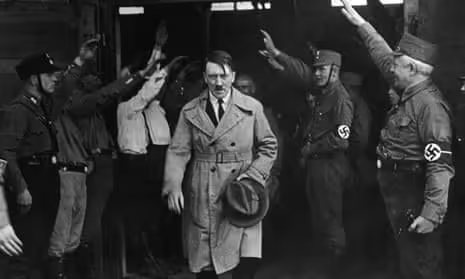
Nazi Propaganda: The Manipulation of Fear
Joseph Goebbels, who was the chief propagandist of Hitler, did an excellent job of using modern media means to spread the ideology of Nazi. The Nazis portrayed themselves as the better custodians of German traditions and values against the communist threats, the Jews, and international capitalism. It is through a sense of fear, anger, and nationalism that Hitler found his way into the hearts of the masses.
Hitler Becomes Chancellor in 1933
By the early 1930s, the Nazis had become the largest party in the Reichstag, but they still did not possess an absolute majority. Conservative politicians-and President Paul von Hindenburg-most believed that they could ultimately control Hitler by appointing him chancellor in January 1933. That proved a fatal miscalculation.
The Role of Hindenburg and the Conservative Elite
Hindenburg and the other elites thought that Hitler’s popularity might help them stabilize the country, but they underestimated the ambition and ruthlessness of this person. Within months of coming to power, Hitler set about destroying the democratic institutions that had carried him to office.

Reichstag Fire and the Enabling Act
The Reichstag, which was Germany’s parliament, caught fire on February 27, 1933. Communists were immediately blamed for the arson attack. On this pretext of crisis, Hitler managed to push through the Enabling Act, granting him dictatorial powers and effectively abolishing the Reichstag as a legislative body. Democracy in Germany was, in effect, dead.
Consolidation of Power
Elimination of Political Opponents
Hitler wasted no time in clarifying any future threats to his person. The Communist Party was banned, political opposition brutally suppressed, and he let the SS (Schutzstaffel) and Gestapo (secret police) run wild on opponents.
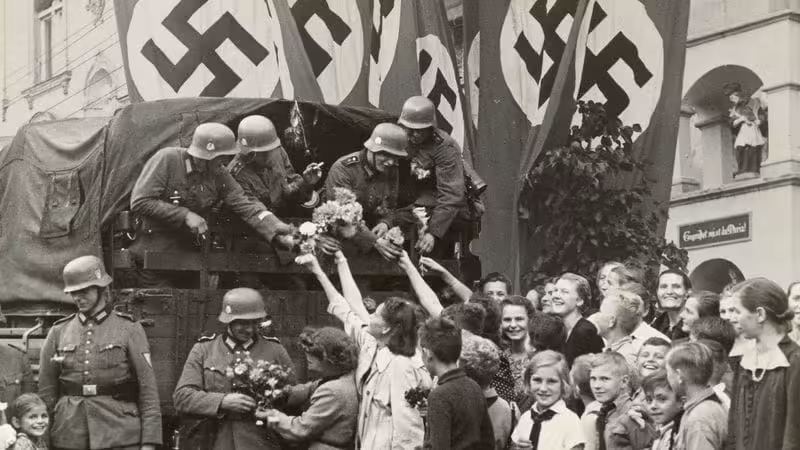
Night of the Long Knives
In 1934, Hitler carried out a purge known as the Night of the Long Knives against the leaders of the SA, the Nazi paramilitary organization who, in his opinion, posed a threat to his leadership. Hundreds of SA leaders were assassinated and other political enemies. This settled Hitler’s position firmly at the helm of not only the Nazi Party but the German armed forces as well.
Building of the Totalitarian State
No opposition was left. Hitler transformed Germany into a totalitarian state. He controlled the media. He crushed opposition and indoctrinated the young Germans in the Hitler Youth. He was now the unchallenged Führer (leader) of Germany.
Hitler’s Foreign Policy and Aggression
Lebensraum and the Expansionist Ideology
Hitler’s policy towards the outside world was driven by what became known as the German concept of Lebensraum, or “living space.” He kept proposing the need for Germany to expand into Eastern Europe and Russia, which meant that native populations were pushed aside and even liquidated for Germans to occupy.
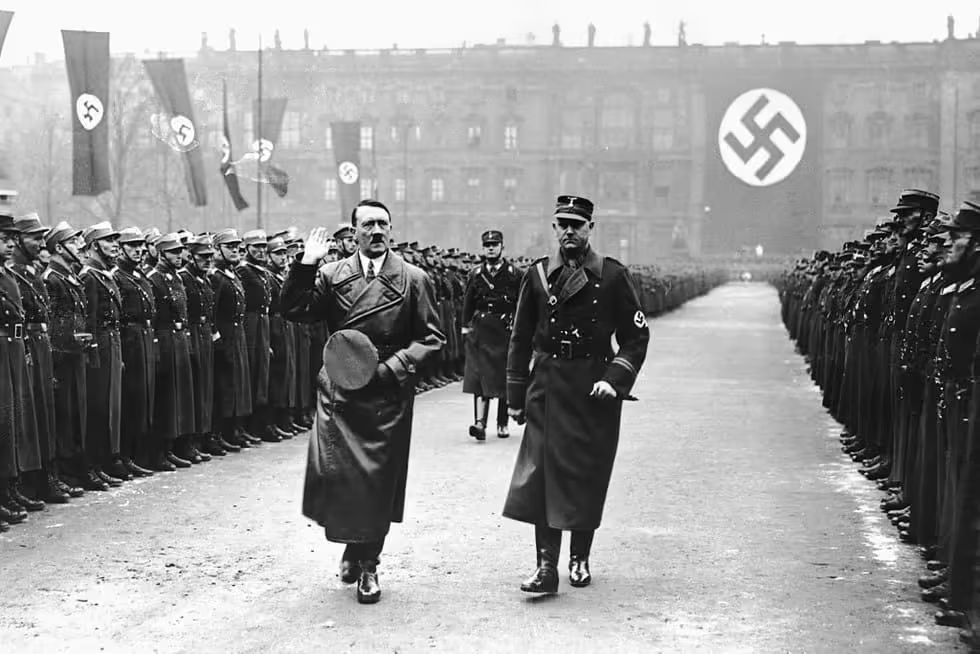
The Reoccupation of the Rhineland and Austria’s Annexation
In 1936, he had seized the opportunity to breach the Treaty of Versailles by remilitarizing the Rhineland, which was an demilitarized zone between Germany and France. That is, he annexed Austria in the Anschluss two years later to strengthen his grip even further and expand German territory.
Munich Agreement and Invasion of Czechoslovakia
European powers attempted to appease Hitler in 1938 by letting him annex the Sudetenland-a German-speaking region in Czechoslovakia-under the Munich Agreement. He didn’t find it fulfilling and by 1939 took the rest of Czechoslovakia.
The Pact with Stalin and the Onset of World War II
In August 1939 Hitler signed a non-aggression pact with Joseph Stalin, thus assuring that Germany would be free to invade Poland without Soviet interference. In September, Germany invaded Poland on September 1, 1939; Britain and France declared war. World War II was underway.

World War II: Hitler’s Quest for World Domination
Blitzkrieg and the Nazi Early Successes
Hitler had what is called Blitzkrieg, or lightning war, which was fast and overwhelming attacks using tanks and planes with infantry forces. The Blitzkrieg ensured that Hitler had initial victories over Poland, France, and most parts of Europe.
The Battle of Britain and Hitler’s First Major Setback
After defeating France in 1940, Hitler began targeting Britain. But the Royal Air Force was able to protect the island with intense fighting during the Battle of Britain, which became Hitler’s first major failure.
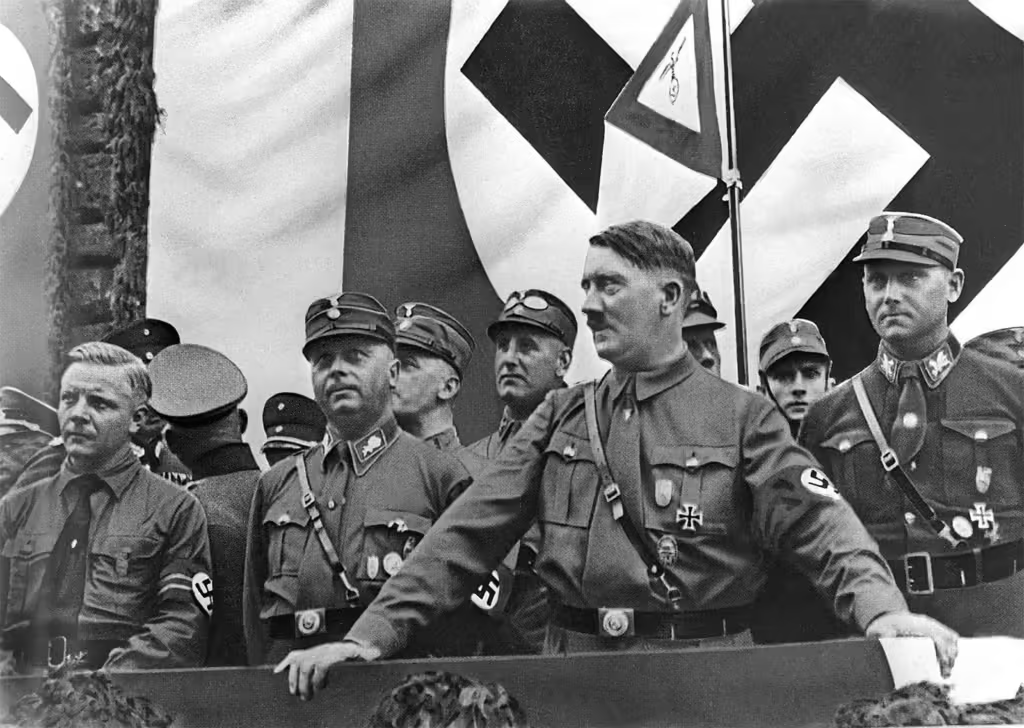
The Eastern Front: Operation Barbarossa
Hitler launched operation Barbarossa, the invasion of the Soviet Union in 1941. Although it was largely successful at first, it soon became mired because the German forces were unable to cope with the severity of winter and the vast scale of resistance from the Soviets.
The Turning Point: Stalingrad and the Allied Offensive
The turning point in the war was marked by the great Battle of Stalingrad in 1942-1943, when the Soviet victory crippled Hitler’s ambitions on his eastern front. It was then that the Allies started pushing back the Nazis on the Eastern and then also the Western front.
The Holocaust: Hitler’s Campaign of Genocide
Anti-Semitism and Hitler’s “Final Solution”
Perhaps the darkest stain of Hitler’s regime was his Holocaust, his attempt at eradicating the Jewish population of Europe from its midst. It resulted from years of anti-Semitic rhetoric and legislation culminating in the systematic slaughter of six million Jews and millions more.
The SS and the Concentration Camps
Under the guidance of Heinrich Himmler, the SS organized the genocide, creating concentration and death camps like Auschwitz, where millions were gassed, starved, or worked to death.

Reaction of the World and Aftermath of the Holocaust
The world in general reacted tardily to the Holocaust and did not begin to get a good understanding of the extent of the atrocities until the end, when the Allied forces liberated the camps in 1945. One of the better-known attempts to bring Nazi war criminals into justice was by way of the Nuremberg Trials following the end of hostilities. Unfortunately, many of these people escaped accountability.
Downfall of Adolf Hitler
Failure of Adolf Hitler on Battlefield
By the end of 1944, Hitler’s military gambles had become catastrophic failures. A new front was now open by virtue of the D-Day invasion of Normandy in Western Europe, and Soviet forces were already invading Germany from the east.
Intra-Renationalist Dissent and the Attempt to Assassinate Hitler in 1944
Opposition was now swelling within Germany itself, particularly in the military. On July 20, 1944, Colonel Claus von Stauffenberg and others conspired to kill Hitler with a bomb. This, again, was not successful, and the plotters were executed.
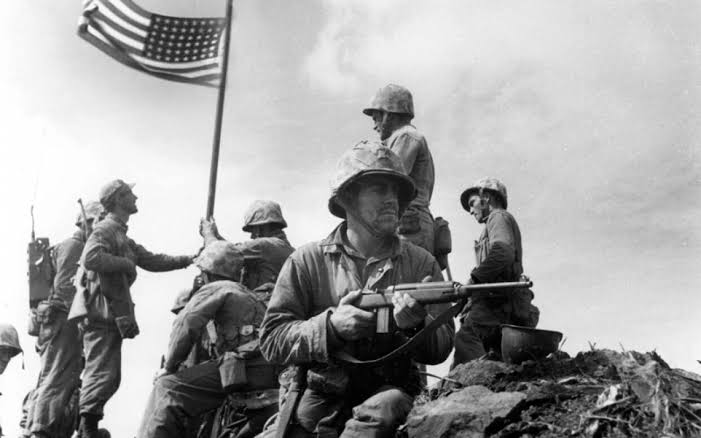
The Collapse of the Third Reich
Towards the end of 1945, the Third Reich was on the brink of collapse as the Allied forces closed in on Berlin and left the cities in ruins. The economy was wholly destroyed, and millions of Germans were fleeing from the advancing Soviet troops.
The Last Days of Hitler in the Bunker
On 30 April 1945, Hitler retired into the underground bunker in which he and his wife, Eva Braun, spent their last days in Berlin, besieged by the city. The following day, realizing defeat was inevitable, he took his own life along with his wife. That was the end of the Nazi regime.
The Heritage of Hitler: A World That Never Was The Same Again
The Aftermath of Second World War
This tragedy was never seen in history. The devastation left over was indeed that of Europe, and there were more than 60 million individuals who lost their lives: civilians, soldiers, and victims of the Holocaust.
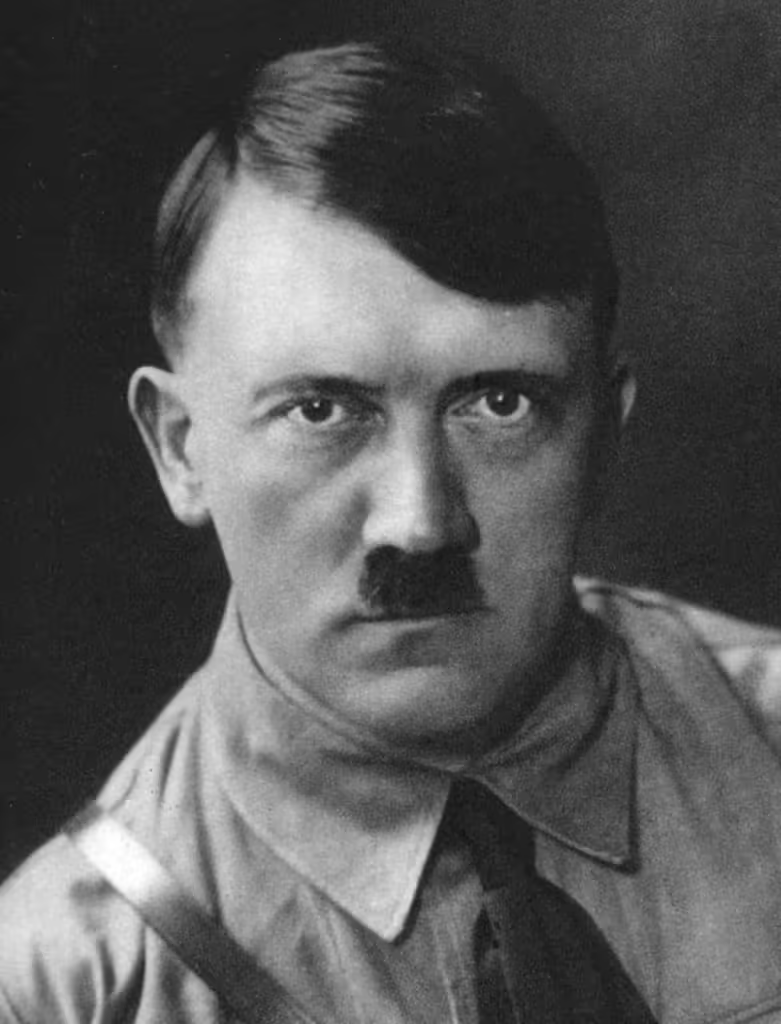
The Aftermath in Modern Europe
Its defeat reshaped Europe. Germany was partitioned into East and West; the Cold War had begun, with the United States and the Soviet Union emerging as heavyweight contenders. The lessons that can be drawn from Hitler’s rule established international organizations like the United Nations, which were formed to avoid similar situations from occurring again in the future.
How Hitler’s Actions Reshaped Global Politics
The life and death of Hitler also affected global politics immensely. Wars are one of the most terrible annals of the Holocaust in human history whereas the Universal Declaration of Human Rights was only inspired by this. The processes of decolonizing Africa and Asia were seen after World War as European empires faced their downfall.

Conclusion
Adolf Hitler’s rise to power and his subsequent fall is one of the most significant tragic chapters in modern history. His ruthless pursuit of power, combined with racist and expansionist ideologies, brought the world into the deadliest conflict it has ever witnessed. The legacy of his actions is something that still influences the world today, giving a stark reminder of dangers amidst the consequences of totalitarianism and unchecked hatred as well as political extremism.
It is very important to remember this history so that we do not forget the lessons it offers to us.
FAQ’S
What inspired the Nazi movement to rise to power?
Hitler emerged to power through the cloak of political instability in Weimar Germany, mass level of economic depression, and Nazi manipulation by propaganda, fear and violence.
Why was Hitler anti-Semitic?
Hitler possessed serious prejudices, personal failures, and believed that Jews had caused their country’s defeat in World War I and its resultant problems.
How did Hitler end up dominating Germany so quickly?
The Reichstag Fire gave Hitler the chance to pass the Enabling Act, a piece of legislation that would give him dictatorial powers. Thereafter, he murdered political opponents and established a totalitarian regime.
What were some of Hitler’s worst mistakes in the military?
Hitler’s decision to invade the Soviet Union and his inability to crush Britain were two huge strategic miscalculations that sealed Germany’s fate in World War II.
What can be learned from the experience of Hitler’s dictatorship?
Adolf Hitler’s rule elucidates and teaches the dangers of extremism, the importance to defend democratic institutions, and the catastrophic consequence of unchecked authoritarianism.




